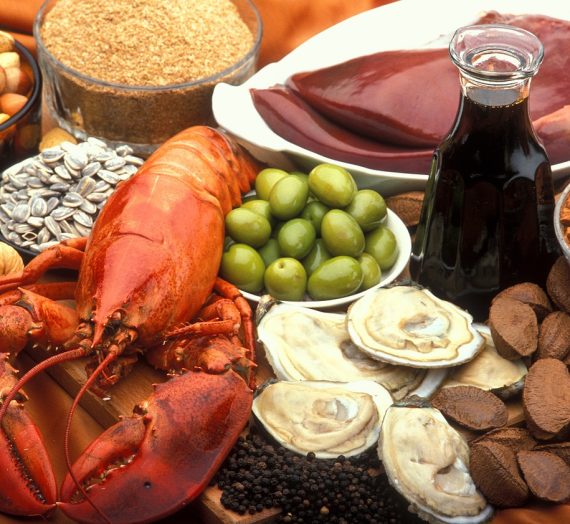Introduction to Pissaladière
Pissaladière is a traditional French tart originating from the Nice region in the southern part of France. It is often compared to pizza, given its similar dough base; however, its toppings distinctly set it apart. Traditionally, Pissaladière is adorned with caramelized onions, anchovies, and black olives, creating a savory tart that is both rich in flavor and deeply rooted in the culinary history of the Provence and Nice area.
History and Origins
The origins of Pissaladière are deeply intertwined with the history of the Mediterranean coast. The dish is thought to have been introduced by the Greeks when they founded Marseille, making it one of the oldest known recipes from the region. Over centuries, it evolved, incorporating the flavors and ingredients readily available in the area, such as onions, olives, and anchovies. The name Pissaladière itself is derived from pissalat, a type of anchovy paste that is a key flavor component of this dish.
Primary Ingredients and Their Significance
- Caramelized Onions: They form the sweet, rich base of the tart, providing a contrast to the salty toppings.
- Anchovies: Offer a sharp, umami flavor. They’re a nod to the coastal heritage of the dish.
- Olives (typically Niçoise): Add a touch of bitterness and texture, completing the Mediterranean flavor profile.
Classic Pissaladière Recipe
The basic recipe for Pissaladière involves a few key steps: preparing the dough, caramelizing the onions, and assembling the tart with anchovies and olives. The dough is typically a thicker, bread-like base, differentiating it from the thin crust of a pizza. After spreading the caramelized onions on the baked dough, anchovies and olives are artfully arranged on top before the tart is baked until everything is warmed through and fragrant.
Ingredients:
- For the dough: 2 cups of all-purpose flour, 3/4 cup of warm water, 1 tsp of sugar, 1 tsp of salt, and 2 tbsp of olive oil.
- For the topping: 2 lbs of onions, thinly sliced, 4 tbsp of olive oil, salt, and pepper, to taste, 12 anchovy fillets, and a handful of black olives (preferably Niçoise).
Method:
- Mix the dough ingredients and knead until smooth. Let it rise for an hour.
- Meanwhile, caramelized onions in olive oil over low heat for about 30 minutes.
- Preheat the oven to 375°F (190°C). Roll out the dough and place it on a baking sheet.
- Spread the caramelized onions over the dough, then top with anchovies and olives.
- Bake for 15-20 minutes, or until the edges of the dough are golden brown.
Alternative Recipes
1. Vegan Pissaladière
Substitute caramelized onions for the traditional topping and use capers instead of anchovies. Kalamata olives can add additional depth.
2. Pissaladière with Puff Pastry
For a quicker version, use store-bought puff pastry as the base. The flaky crust offers a delightful textural contrast.
3. Gluten-Free Pissaladière
Make a gluten-free dough using a mix of rice flour and almond flour. This alternative caters to those with gluten sensitivities while still preserving the dish’s essence.
Frequently Asked Questions (FAQ)
- Can Pissaladière be made ahead of time?
Yes, the caramelized onions can be prepared in advance, and the assembled tart can be refrigerated before baking. - Are there any specific types of onions that should be used?
While yellow onions are commonly used, you can also use red onions for a sweeter flavor. - How is Pissaladière served?
It’s usually served warm or at room temperature, often as an appetizer or a light meal with a side salad. - Can the dough be substituted with store-bought pastry?
Yes, both puff pastry and pizza dough are excellent time-saving substitutes. - Is there a dairy-free version of Pissaladière?
Yes, the traditional recipe is naturally dairy-free, making it suitable for lactose-intolerant individuals.
Conclusion
Pissaladière offers a delightful glimpse into the rich culinary traditions of Southern France, blending simple ingredients into a dish filled with complex flavors. Whether sticking to the classic recipe or exploring alternative versions, Pissaladière is a versatile dish that invites experimentation and can be tailored to suit different dietary needs. We encourage you to try making Pissaladière at home and share your experiences or any variations you love in the comments below!

